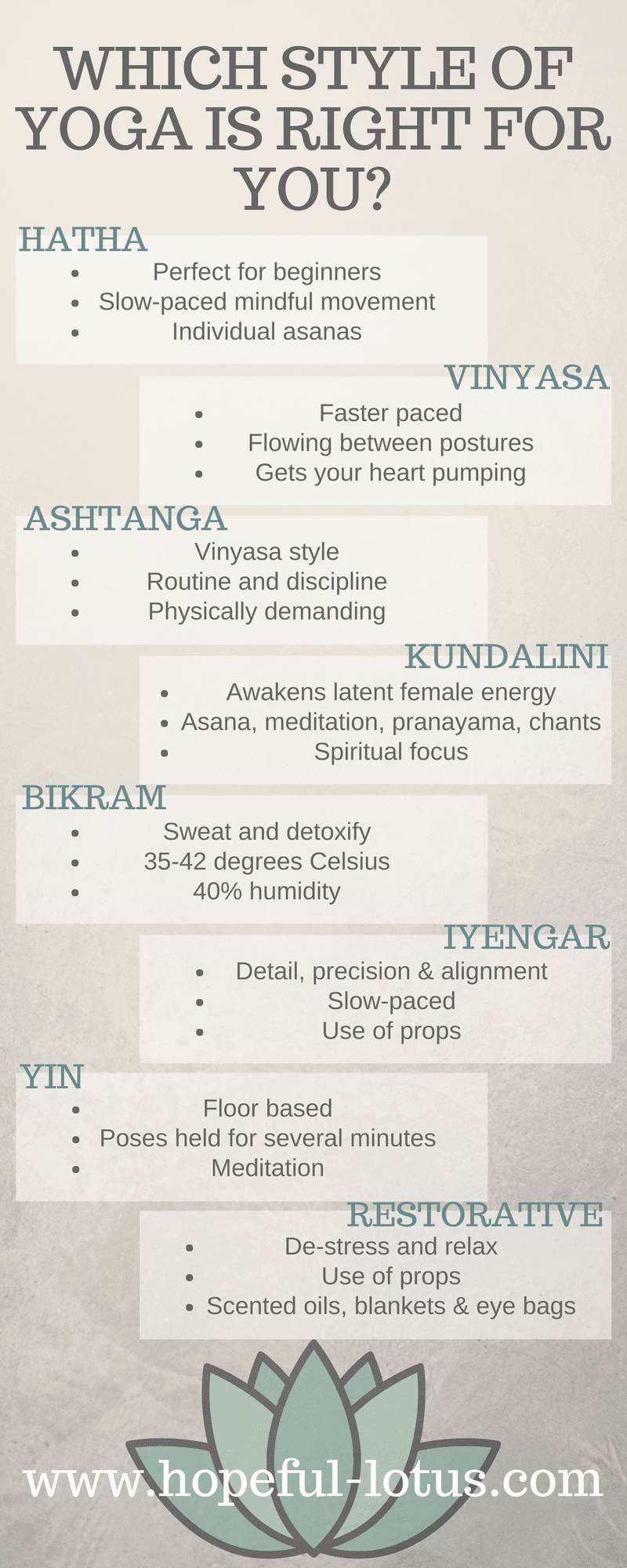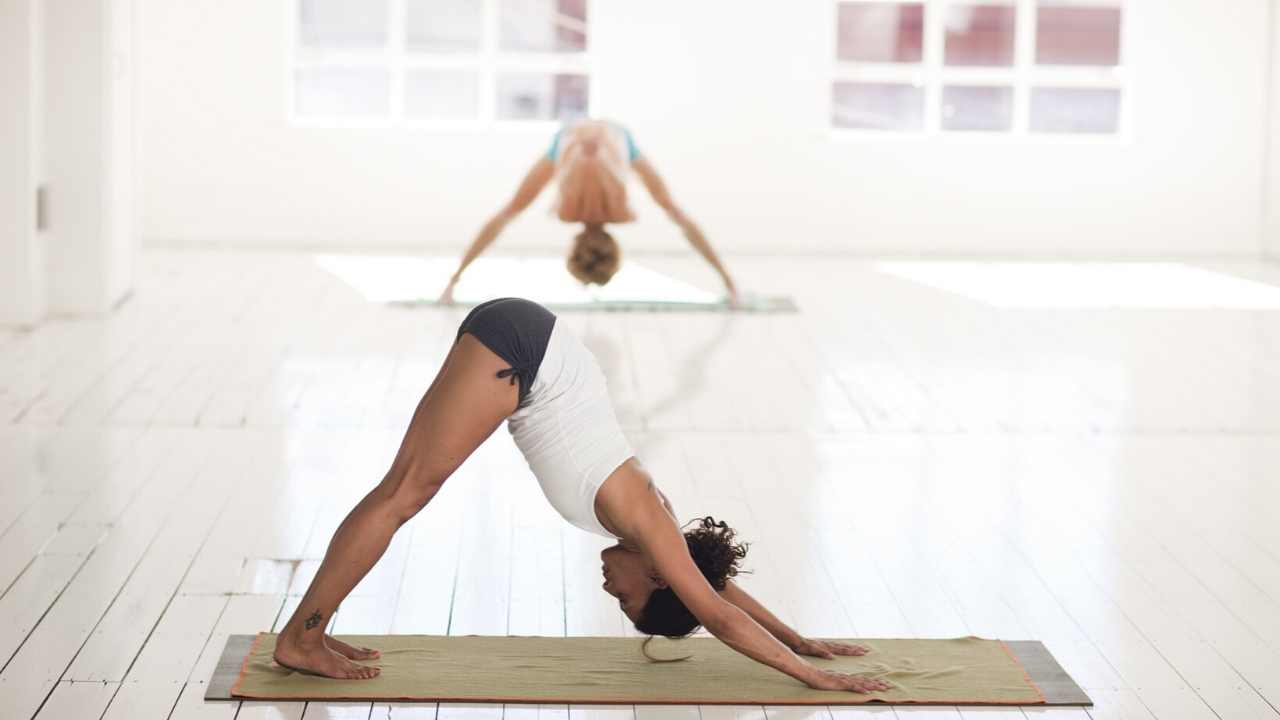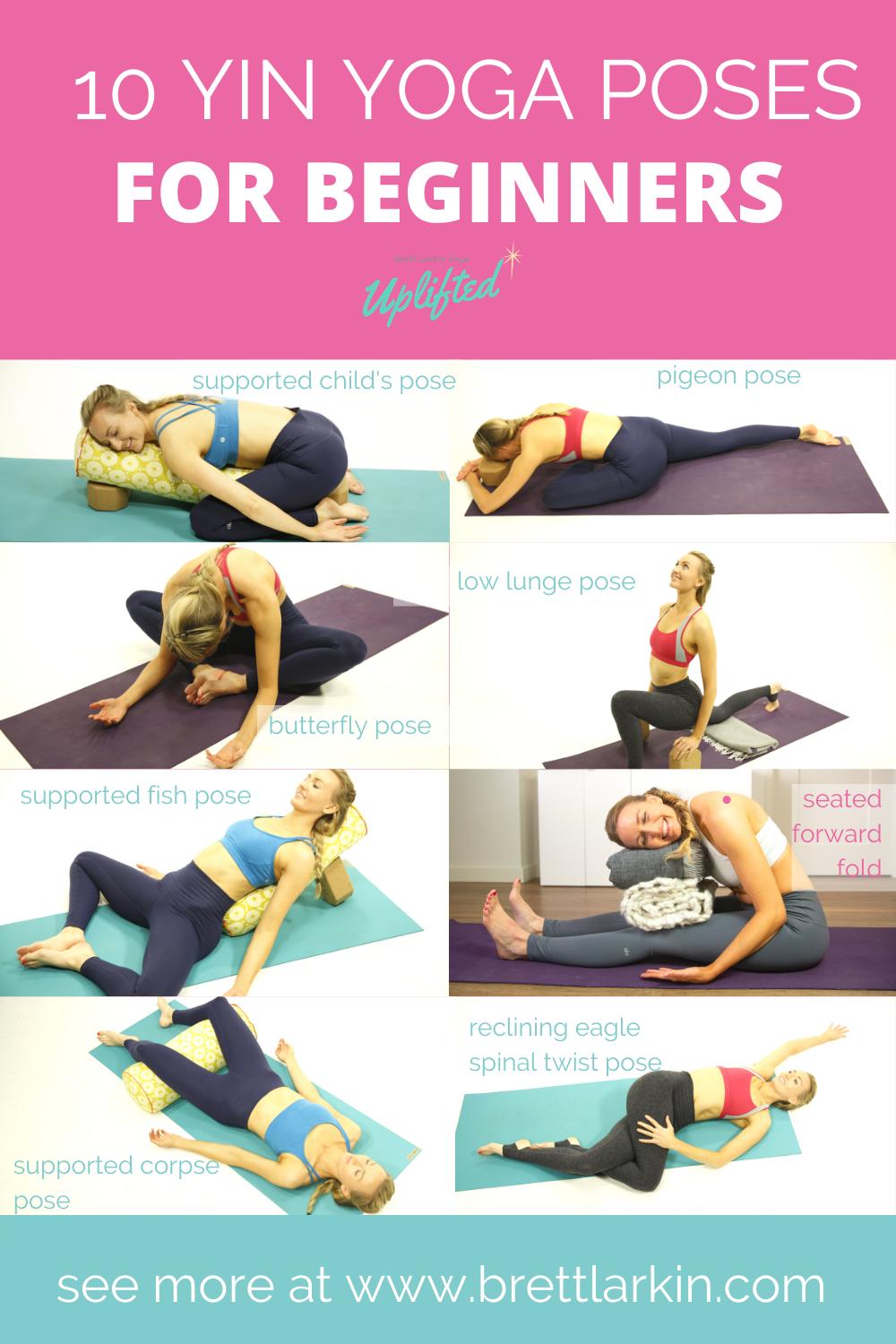
Practicing yoga can lower blood pressure. In this article, we'll explore some poses and breathing techniques. These simple, yet powerful poses are great for blood pressure control. Here are a few examples. Bhramari Pranayama and Virasana are two examples of simple asanas that can help lower blood pressure. These poses are easy to do at any time. The best part is that they are completely free!
Virasana
Virasana is a classic yoga pose, but the benefits are many and varied. Many people find that this asana helps them to lower their blood pressure. This pose is great for strengthening your lower body, increasing flexibility, as well as relieving pain in the lower back, ankles, and legs. Virasana, a popular yoga pose, is a good choice for anyone suffering from high blood pressure, gastrointestinal issues, or who are pregnant, athletes, or those with heart conditions.

Bhujangasana
The Cobra pose is a powerful yoga position that increases the chest size and strengthens your body. It lowers blood pressure, and can relieve headaches. This pose is also beneficial for the liver and kidneys. The lumbar spine shouldn't feel pain from this pose. Breathe deeply and move in a dynamic manner. This pose can also help improve balance. For the best benefits, practice Bhujangasana daily.
Bhramaripranayama
Bhramari Pranayama is a simple breathing exercise used during yoga to reduce blood pressure. It is a simple way to relax your nervous and cerebral systems, as well as supporting the proper functioning pituitary. It also promotes deep sleep and anger relief. This exercise is safe and easy to perform. It is particularly helpful for people who have high blood pressure.
Sethu Bandha Sarvanganasana
High blood pressure? Try the bridge pose (or setu bandha-sarvangasana). It's a great way of regulating your blood pressure, and it also wakes up your hamstrings. This pose helps to regulate your breathing, improve circulation, and relieve stress. You can also calm your mind, reduce stress and promote a peaceful mindset.

Viparita Karani
Viparita's inversion pose is believed to decrease blood pressure and improve circulation. The name Viparita comes from the Greek words 'viparita' and 'karani,' meaning action. The pose reverses the usual standing posture and increases blood circulation. After standing for a long time, the upside down position can be a nice balancing pose. The upside-down position allows blood flow to the heart at minimal effort.
FAQ
Are there any side effects to yoga?
Yoga poses some risks, as with all physical activities. The most serious risk is injury. It is important to know how to safely perform each pose.
Yoga can make you dizzy or faint if your first time doing it.
This is caused due to blood clotting in your brain. It will pass quickly, so don't be alarmed.
Do downward-facing dogs if you experience chest pains. Don't hold your breath. This will only increase your heart beat and make it worse.
What is the average time it takes for yoga to get results?
Yoga is a slow process, but you will always get a great workout. It takes time for you to gain strength, flexibility, as well as endurance. It is important to start slowly and increase your intensity gradually until you reach the optimal level.
The key is consistency. The more you practice, it is easier to get better.
Is it possible to do yoga every day for beginners?
Yoga is an excellent way to strengthen and stretch your body. Yoga can help you relax and let go of stress. It doesn't take a lot of knowledge to begin practicing yoga. It is recommended that beginners practice yoga at least 20 minutes each day.
This is enough time for you to get started. Then, you can slowly increase the amount of time you practice.
Statistics
- Lock in 25% off your Founding Member rate. (corepoweryoga.com)
- According to the Agency for Healthcare Research and Quality, falls are incredibly common among older adults in nursing facilities. Even the simplest ones can increase the risk of death (24). (healthline.com)
- The people in the yoga group were 37 percent more likely to have quit smoking by the end of the 8-week program. (nccih.nih.gov)
- Start your Fall off right with 20% off All Access Membership when you sign up by 9/25! (corepoweryoga.com)
- Gentle yoga has been shown to ease some of the discomforts of tender, swollen joints for people with arthritis, according to a Johns Hopkins review of 11 recent studies. (hopkinsmedicine.org)
External Links
How To
Where is the best spot to practice yoga?
There is no one right way to do yoga. Everybody is unique. You only need to know which positions feel comfortable for you.
These are some of the most common positions:
Standing poses - Standing poses are suitable for beginners because they allow you to see how your body looks from different angles. These poses make it easier for you to focus on your breath.
Forward bends – Forward bends can be used to loosen tight areas in the body. You can do them sitting down or lying down.
Backbends - Backbends are generally considered advanced poses. You should consult your instructor before you attempt one.
Inversions: Inversions are poses where you balance on your side. This type of yoga can be challenging but rewarding.